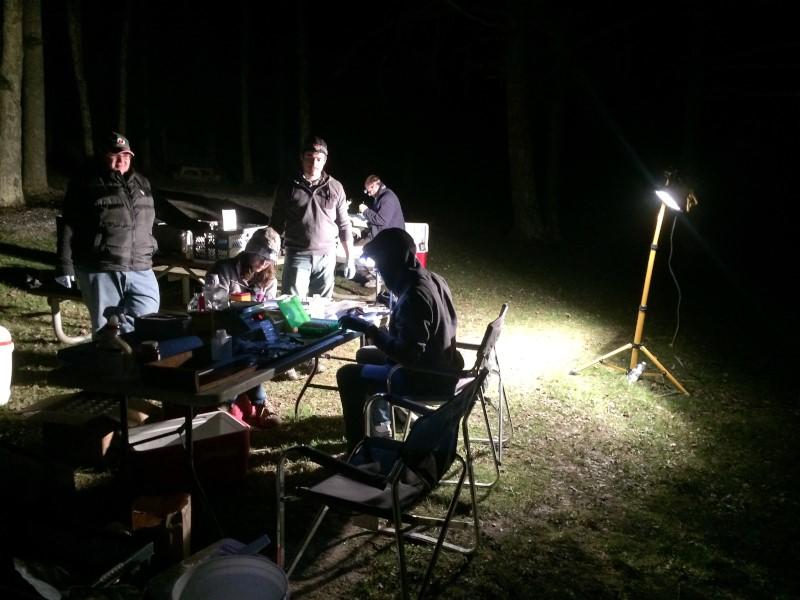Due to a lapse in appropriations, the majority of USGS websites may not be up to date and may not reflect current conditions. Websites displaying real-time data, such as Earthquake and Water and information needed for public health and safety will be updated with limited support. Additionally, USGS will not be able to respond to inquiries until appropriations are enacted. For more information, please see www.doi.gov/shutdown
Endocrine Disrupting Chemicals and Prevalence of Intersex in Fish Populations in New Jersey
Science Center Objects
Endocrine Disrupting Chemicals and Prevalence of Intersex in Fish Populations in New Jersey
Endocrine disrupting chemicals (EDCs) are compounds with the potential to interfere with normal endocrine communication in organisms. They have been identified in aquatic ecosystems and experimentally demonstrated to affect normal development, metabolism, reproduction, immune responses, and behavior in fish and wildlife. Fish are commonly used as indicators of endocrine disruption in the aquatic environment. Evidence of intersex (presence of testicular oocytes) has been observed in fish throughout the Chesapeake Bay Watershed for more than a decade, and more recently in National Wildlife Refuges (NWR) throughout the Northeast. This observation is an indication of exposure to estrogenic EDCs. One of the locations from the NWR reconnaissance project where 100% of sampled male smallmouth bass were intersex was the Wallkill River, New Jersey. This project is designed to screen surface waters across the state of New Jersey to survey the distribution and magnitude estrogenic activity. This data informs biological sampling of smallmouth bass along a gradient of estrogenic activity to evaluate potential adverse effects relative to a field-based normal baseline.
Objectives:
- Identify the spatial and temporal (low flow/high flow) differences in nuclear receptor agonism of water extracts collected throughout New Jersey and the chemicals associated with this activity.
- Determine evidence of biological effects in fishes inhabiting New Jersey waters identified as impacted by endocrine active chemicals as informed by objective


